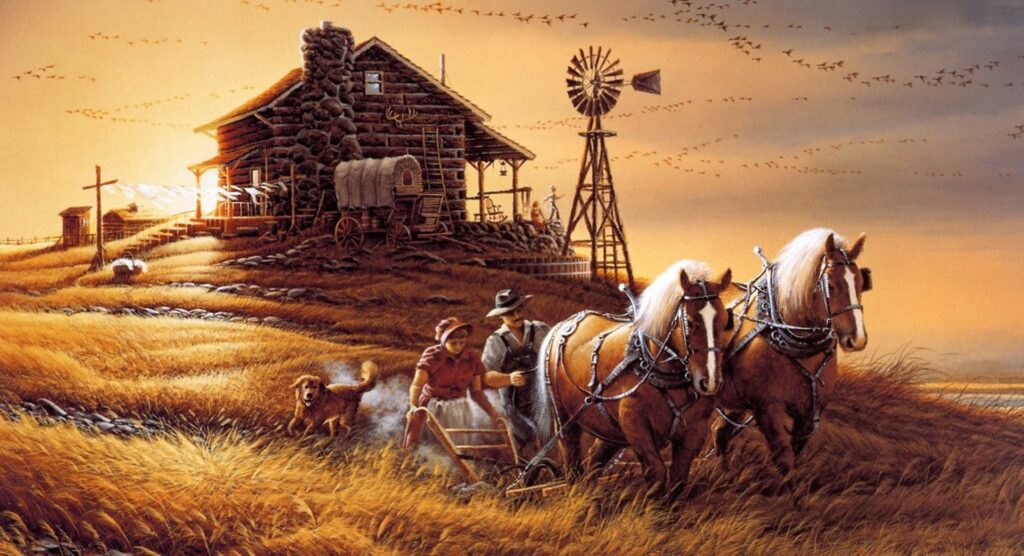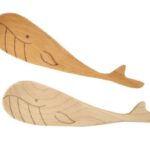The American West has long held a fascination for artists and audiences alike. From the early days of frontier life to the present, the imagery of the Wild West has evolved significantly in American art. This evolution reflects not only changes in artistic styles but also shifts in cultural attitudes and historical perspectives. By examining the progression of Wild West art, we gain insight into how America’s relationship with its frontier history has been depicted, interpreted, and reinterpreted over time.
Early Depictions: The Frontier as Untamed Wilderness
The earliest depictions of the American West in art were often created by explorers and settlers who documented the vast and untamed landscapes they encountered. These early works, primarily produced in the 19th century, focused on the rugged beauty of the wilderness and the challenges of frontier life. Artists like George Catlin and Albert Bierstadt were among the first to capture the sweeping vistas of the American West, often emphasizing the vastness and majesty of the land.
In these early works, the Wild West was portrayed as a place of both danger and opportunity—a frontier where nature was both awe-inspiring and threatening. The human presence in these paintings was often minimal, with Native Americans, trappers, and early settlers depicted as small figures dwarfed by the overwhelming landscape. This emphasis on the sublime aspects of nature reflects the Romanticism that was prevalent in American art during this period.
The Cowboy and the Myth of the West
As the 19th century progressed, the figure of the cowboy began to emerge as a central icon in Wild West art. The cowboy came to symbolize the rugged individualism and self-reliance that were seen as quintessentially American virtues. This period saw the rise of artists like Frederic Remington and Charles Marion Russell, who popularized the image of the cowboy as a heroic figure, battling the elements, Native Americans, and outlaws.
Remington’s work, in particular, played a significant role in shaping the popular image of the Wild West. His dynamic paintings and sculptures captured the action and drama of cowboy life, from cattle drives to shootouts. These works often emphasized the physicality and bravery of the cowboy, reinforcing the myth of the West as a place where men proved their worth through hard work and courage.
At the same time, these depictions began to romanticize the West, glossing over the harsher realities of frontier life. The image of the cowboy became idealized, transforming him into a larger-than-life figure who embodied the spirit of freedom and adventure. This romanticized vision of the Wild West would come to dominate American culture, influencing not only art but also literature, film, and popular media.
Native American Representation: Shifting Perspectives
The portrayal of Native Americans in Wild West art has evolved significantly over time, reflecting broader changes in societal attitudes. In the early 19th century, Native Americans were often depicted as either noble savages or hostile threats to settlers. Artists like George Catlin, who sought to document the “vanishing race,” often portrayed Native Americans with a sense of melancholy, capturing their customs and traditions as they were perceived to be on the brink of extinction.
However, as the 20th century progressed, there was a shift in the portrayal of Native Americans. Artists began to move away from the stereotypical depictions of Native Americans as either noble or savage, instead offering more nuanced representations that acknowledged the complexities of their cultures and histories. Contemporary artists have continued this trend, using their work to challenge the myths and misconceptions that have long surrounded Native American imagery in Wild West art.
Modern Interpretations: Reimagining the West
In the 20th and 21st centuries, the imagery of the Wild West has continued to evolve, with artists reinterpreting and reimagining the themes and icons of the frontier. Modern and contemporary artists have approached the Wild West with a more critical eye, often using it as a lens through which to explore issues of identity, memory, and history.
For instance, the work of contemporary artists like Ed Mell and Georgia O’Keeffe has redefined how the landscapes of the West are depicted. O’Keeffe, known for her abstracted and vibrant portrayals of the American Southwest, brought a modernist perspective to Wild West art, focusing on the shapes and colors of the land rather than its narratives of conquest and settlement.
Meanwhile, some artists have used Wild West imagery to challenge the myths and legends that have become ingrained in American culture. These works often deconstruct the traditional symbols of the West, such as the cowboy, the Native American, and the frontier landscape, offering new interpretations that question the glorification of the past.
Conclusion: The Ongoing Legacy of Wild West Art
The evolution of Wild West imagery in American art reflects the changing ways in which Americans have understood and related to their frontier history. From the early depictions of untamed wilderness to the modern reinterpretations that challenge and critique historical narratives, Wild West art has served as a powerful medium for exploring the complexities of American identity.
As contemporary artists continue to engage with the themes and symbols of the Wild West, this rich tradition of art will undoubtedly continue to evolve, offering new insights into the cultural legacy of the American frontier. Whether through the romanticized visions of the past or the critical reinterpretations of the present, Wild West art remains a vital and dynamic part of America’s artistic heritage.







